Artificial Intelligence (AI) has evolved significantly in recent years, transforming industries from healthcare to entertainment. The advancement of AI models has enabled machines to understand and generate human-like text, recognize images, automate tasks, and even make complex decisions. In this article, we will explore some of the best AI models currently available, compare their strengths, and discuss how they can be chosen to enhance AI characters and applications.
Understanding AI Models
AI models are sophisticated algorithms trained on vast amounts of data to perform specific tasks. These models leverage machine learning techniques, neural networks, and deep learning frameworks to deliver powerful results. While some AI models are designed for text generation, others specialize in image recognition, code writing, or decision-making.
The Best AI Models and Their Capabilities
1. GPT-4 (OpenAI)
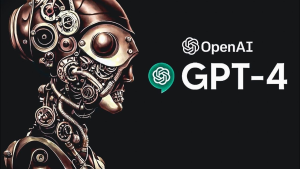
Strengths:
✅ Exceptional natural language understanding and generation.
✅ Highly versatile across multiple industries, including customer support, content creation, and programming.
✅ Improved reasoning and contextual comprehension over previous models.
Weaknesses:
❌ Requires extensive computational resources for training and fine-tuning.
❌ Can sometimes produce biased or inaccurate outputs.
2. Claude (Anthropic)
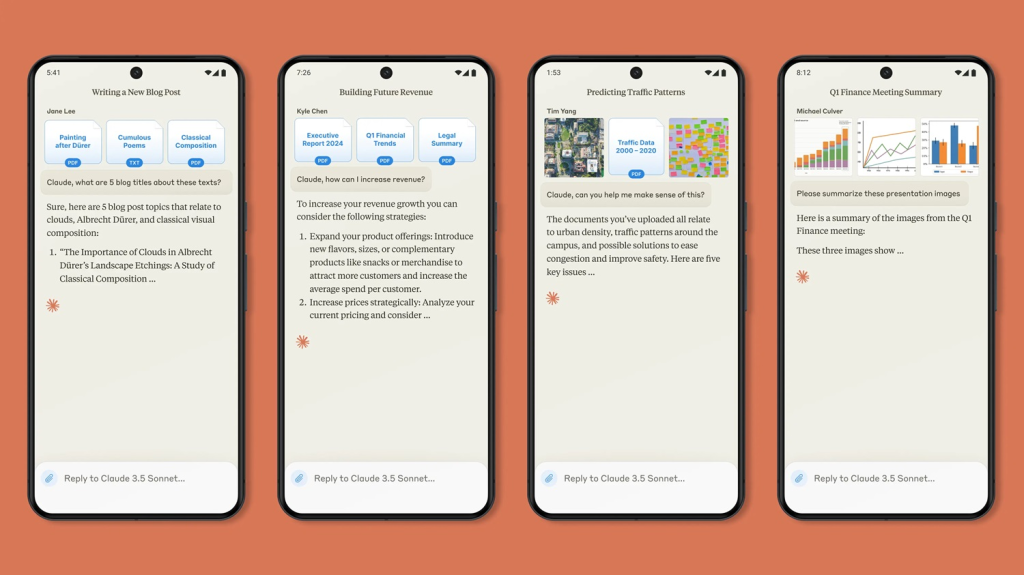
Strengths:
✅ Emphasizes ethical AI use with safety measures in place.
✅ Designed for deep contextual understanding and complex reasoning.
✅ Strong performance in text-based applications and conversations.
Weaknesses:
❌ Limited public availability compared to OpenAI models.
❌ Not as widely integrated into commercial applications yet.
3. Gemini (Google DeepMind)
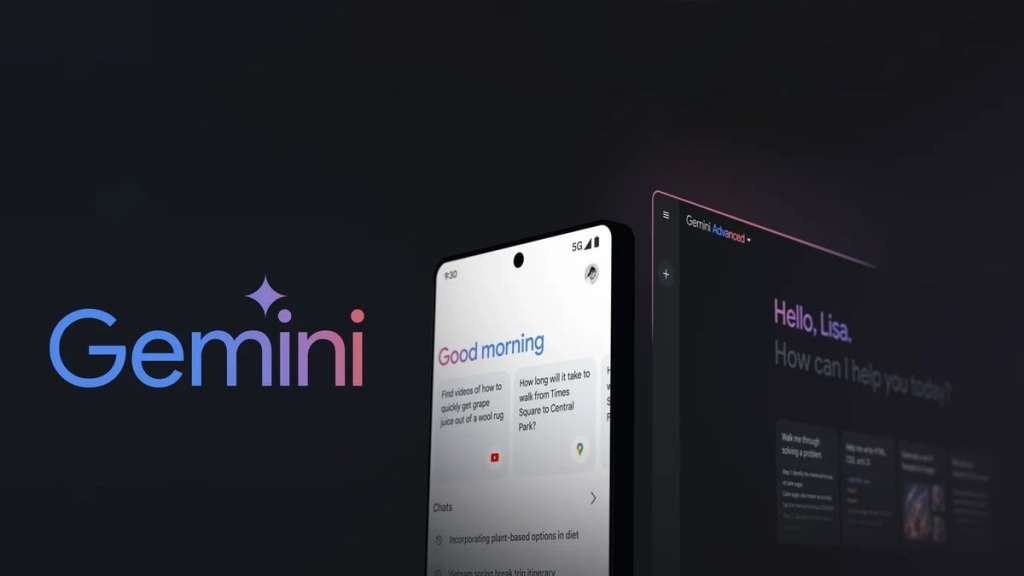
Strengths:
✅ Built with multimodal capabilities, allowing it to handle text, image, and audio inputs.
✅ Integration with Google’s vast dataset and infrastructure.
✅ Designed for both enterprise and consumer-level applications.
Weaknesses:
❌ Not as openly available as other AI models for independent developers.
❌ Performance optimization is still ongoing for broader use cases.
4. LLaMA (Meta)
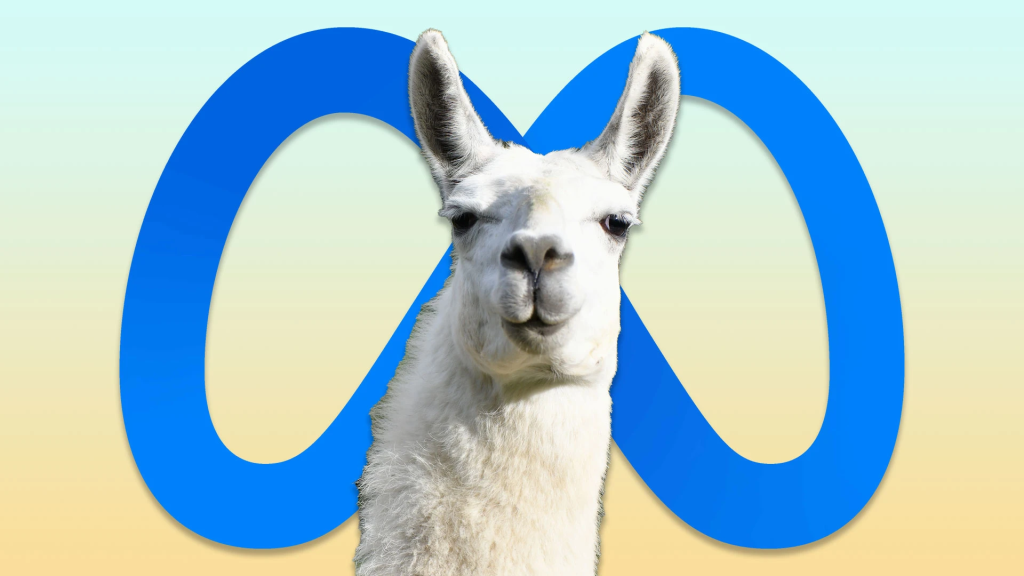
Strengths:
✅ Open-source model, making it accessible to researchers and developers.
✅ Efficient and adaptable for fine-tuning across various applications.
✅ Stronger transparency and community-driven improvements.
Weaknesses:
❌ Requires expertise to implement and optimize.
❌ Can be outperformed by larger, proprietary models in certain tasks.
5. Mistral (Mistral AI)

Strengths:
✅ Focuses on performance optimization and efficiency.
✅ Competes well in open-source AI development.
✅ Suitable for various applications, including research and commercial AI solutions.
Weaknesses:
❌ Less known and adopted compared to OpenAI or Google models.
❌ Needs more real-world testing in large-scale implementations.
6. DeepSeek R1
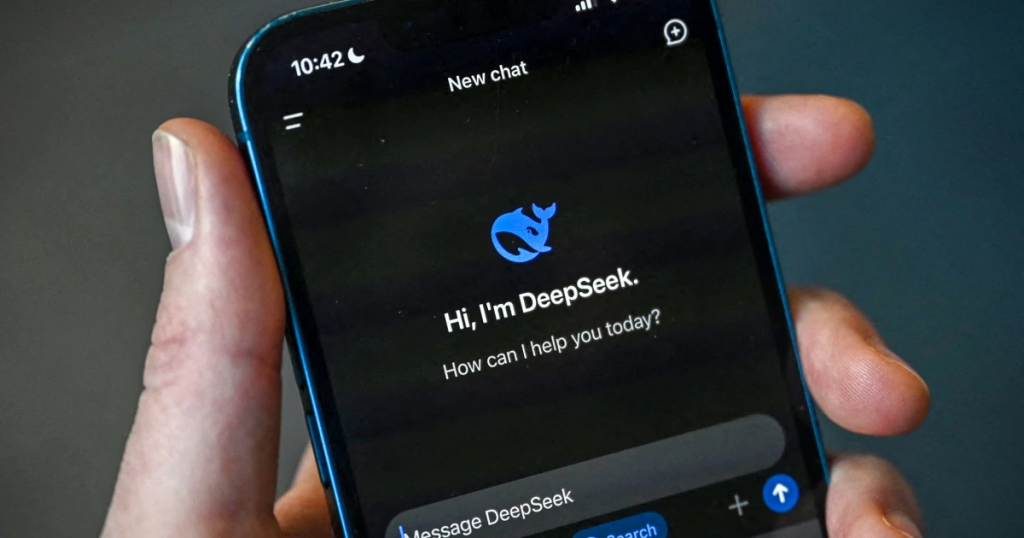
Strengths:
✅ Designed for high efficiency in language generation and comprehension.
✅ Strong performance in reasoning and contextual understanding.
✅ Competitive alternative to proprietary AI models with a focus on research and open-source innovation.
Weaknesses:
❌ Still in early stages of adoption and evaluation.
❌ Requires further benchmarking against established AI models.
Choosing the Right AI Model for Your Needs
Selecting the best AI model depends on the specific application you are targeting. Here are some considerations:
For Content Generation: GPT-4 and Claude provide top-tier text generation with high accuracy.
For AI Chatbots and Assistants: Claude and Gemini offer strong conversational AI capabilities with deep reasoning skills. They’re often used for AICord AI Characters on Discord.
For Open-Source Development: LLaMA, Mistral, and DeepSeek R1 are excellent choices due to their flexibility and accessibility.
For Multimodal Tasks: Gemini’s ability to handle different input formats makes it a top contender.
Using AI Models for AI Characters
When creating AI characters, choosing the right AI model is crucial. A powerful AI model can significantly enhance the realism, adaptability, and interaction quality of AI-driven personalities. Whether you need a chatbot, a virtual assistant, or an AI-powered NPC in a game, selecting the most suitable AI model ensures the best user experience.
Platforms like AICord allow users to integrate different AI models into AI characters, optimizing their behavior and responses based on the chosen model’s strengths. By leveraging AI models effectively, developers and businesses can create immersive AI-driven experiences tailored to their needs.
Conclusion
AI models have revolutionized the way we interact with technology, and each model comes with unique strengths and weaknesses. Whether you prioritize accuracy, ethical AI, or multimodal capabilities, understanding these differences helps in making an informed choice. For AI characters, selecting the right model can enhance their realism and functionality, making interactions more engaging and lifelike.